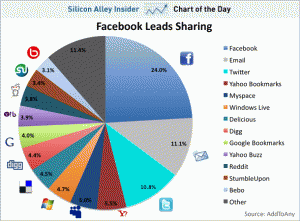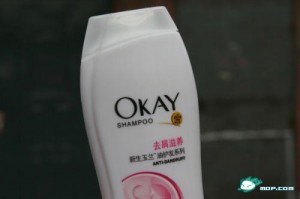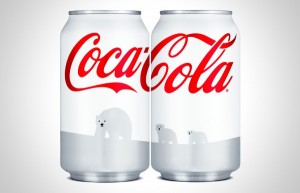In some sense, coffee is a commodity, like rice, corn or wheat – one of the few that doesn’t seem to need as much marketing as other products, at least on the promotional side. Coffee beans are grown en masse in vast agricultural lands, cultivated by an endless flow of cheap third-world labour. While it may be true in some aggregate economic sense that ordinary, mass-produced coffee beans can be seem as a commodity, in other ways, it really isn’t.
If we examine at-home brews more closely, we can see that one of western society’s most beloved drinks is incredibly diverse. There are strong, medium and mild blends, specialty blends, holiday blends, many different brands that promote different lifestyles and images and tastes. There are ground beans, instant coffee and whole beans. Organic or processed, cheap or expensive, premium or store brand – a customer’s options seem endless. Companies such as Folgers, which specializes in at-home brews, along with other companies such as Tim Hortons or Starbucks, which promote their at-home brews alongside their in-store coffees, have diversified this “commodity” into a wide product line scope, creating a diverse range of choice. In the commercial below, Folgers tries to associate its brand with key desirable lifestyle components, such as relationships, family, siblings, and coming home. It cites itself as “the best way to wake up” although in essence, its product is not much different than other instant coffee brands, all originating from that same commodity product.
https://www.youtube.com/watch?v=zZnqBL6iYjA

















